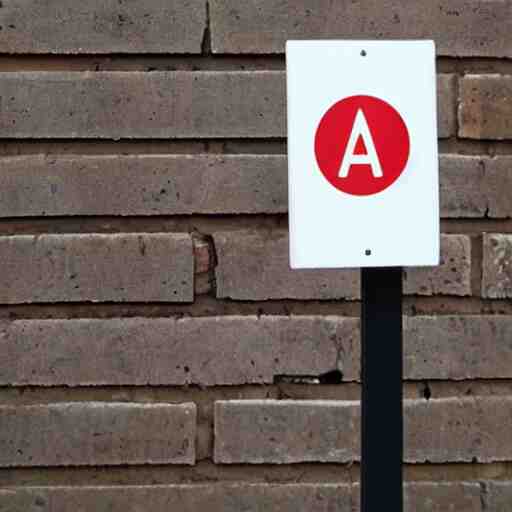Know more about postcodes and their functionality. We will demonstrate the significance of having a comprehensive database of these codes and the ways in which it can benefit your work.
Postcodes are alphanumeric symbols that are used for the identification of any address, both in the UK and in other countries such as Canada and New Zealand. They were initially established in the UK from the mid-1960s by the Post Office to simplify the identification of any address. This is done by starting with a letter that indicates which city the location is in, followed by a numerical code that specifies the position within that city. Furthermore, some postcodes are used to specify the type of location (such as a building or an institution), while others are reserved for future use. The codes are divided into two components, separated by a space: the outward code and the inward code. The outward code identifies the location, while the inward code identifies the individual unit within that location. In order to simplify postal delivery operations, postcode districts must be rectangular and of comparable size. The quantity of postcodes present in each city varies from nation to nation. For example, London has roughly 15 million postcodes, whereas other cities such as Bristol or Glasgow have only a few thousand. On a daily basis, postal workers need to deliver mail to several destinations at once. To simplify this task and reduce mistakes, mail is typically sorted according to pre-established routes called postal routes or mail routes. Each route includes several hundreds of addresses that are geographically close to one another (such as apartment buildings or industrial parks). Apart from postal workers, humanitarian organizations such as Doctors Without Borders also use mail routes in order to speed up their operations. After collecting items from various cases in various locations, they sort them by route in order to expedite delivery. A route plan can be assembled individually or purchased from a journal specializing in this field. It should also be noted that not all countries have a nationwide system of postcodes since they were first introduced in the UK during the 1960s and were subsequently spread throughout Canada and New Zealand (the latter has been using them since 1986). For example, Italy did not adopt postcodes until 2015. Postcodes are used extensively throughout Europe because they provide significant advantages over older systems such as national codes (e.g., those used in Italy) or street names. They greatly reduce mistakes during distribution because there are fewer possible destinations; thus, fewer
This API will grant you access to Postcode Addresses File from the Royal Mail. Be able to make reverse geocoding in the UK just with a Post Code.
To make use of it, you must first:
1- Go to UK Post Code API and simply click on the button “Subscribe for free” to start using the API.
2- After signing up in Zyla API Hub, you’ll be given your personal API key. Using this one-of-a-kind combination of numbers and letters, you’ll be able to use, connect, and manage APIs!
3- Employ the different API endpoints depending on what you are looking for.
4- Once you meet your needed endpoint, make the API call by pressing the button “run” and see the results on your screen.



